

Foreword
In July of this year, we will expect to see an innovative and unique GameFi product on the market, or a game that goes beyond the current GameFi basic models and interprets new elements of Play to Earn: Midgard Saga.
We will call it GameFi 2.0.
GameFi is not the blockchainization of traditional games, its essence is very different from just games. Traditional games make player experience the first priority of game development, as well as the profitability of the development team. GameFi’s top priority is to encourage Play to Earn behavior and allow users to earn substantial earnings in return.
But at present, GameFi is generally criticized for its poor game quality and too much emphasis on the financial or earning aspect, turning it into a speculative product and losing the essence of “Game”.
GameFi 2.0, on the basis of traditional games and GameFi 1.0, redistributed the two elements of playability and earning. Let the games of the new era, while taking into account game and financial attributes, gradually become acceptable to traditional and on-chain players.
On May 30, Midgard Saga released its whitepaper, in which there is an important description: Midgard Saga aims to connect players of Web2 and Web3, and to create a unique system of Void Assets, so that players can truly take over the ownership of game assets.
Traditional games are oriented to the Web2 player group, while GameFi is oriented to the Web3 player group. Few game projects dare to take into account both Web2 and Web3 game users, and build a bridge between them.
Why would Midgard Saga do this? How does it achieve its goal?
We will focus on the analysis from the following areas one by one.
- The evolution of game business models
- What is Play-to-Earn?
- The game content of Midgard Saga
- An analysis on Midgard Saga’s economic system
- Infinite possibilities
The evolution of game business models
In the game industry, there is a special term: Game Feel, which is used to describe the first feeling that the game brings to the player’s experience. Regardless of the type of game design and target audience, if the “game feel” is bad, the player might not continue to experience it.
For a long time, the traditional game market has been adhering to such an operation idea: the development team provides players with high-quality Game Feel to encourage players to pay for it.
With the maturity of blockchain technology and the emergence of the concept of GameFi, new changes have taken place in the game’s operational thinking: the development team no longer takes a standpoint of the omniscient narrator, but as an important participant, who participates in the game with players. This has brought about two new changes. Firstly, the profit of the development team is more inclined to the sale of assets in the early stage of the game, and the income obtained from the game with players in the middle and later stages of the game. Secondly, the driving force of players to participate in the game has also changed from Game Feel to more straightforward expression of financial interests.
We cannot deny that the emergence of the form of GameFi is indeed a major change to the game industry. But for now, the overly aggressive development speed seems to hinder or even separate the traditional game market and the GameFi market.
Some traditional game users are obsessed with the original expression of the game and regard Game Feel as the essence of the game, while GameFi players prefer to play financial games within their small groups.
Fragmentation and barriers are obstacles to the development of the game industry. On the one hand, there is currently a potential market of 3 billion traditional game users. And on the other hand, Crypto itself has reached a market cap of two trillion US dollars.
If they could be combined, that would further unlock the potential of both industries, and that’s what Midgard Saga is currently doing.
What is Play-to-Earn?
The game nature of Midgard Saga will change due to the introduction of blockchain technology. Unlike traditional Free-to-Play game models (where developers sell game items to players to earn) or models like Roblox (where other developers can also make money by publishing games on the platform), Midgard Saga advocates the Play-to-Earn model emphasizes that players earn income from the game itself.
The so-called Play-to-Earn model aims to reward players for the time and effort they put into playing the game and contributing to the game’s ecosystem. This is detailed in Midgard Saga’s economic model.
It’s worth noting that Midgard Saga doesn’t completely ditch the Free-to-Play elements of traditional games. Unlike GameFi represented by Axie Infinity, the development team provides players with a high degree of freedom of voluntary choices. You could choose to participate in trading NFTs, or you can ignore it completely and enjoy the game from the perspective of traditional games. Although this will place high demands on the content and quality of the game itself, it seems that Midgard Saga is well prepared.
About Midgard Saga
What is Midgard Saga?
Midgard Saga is a casual idle card game with strategies and roleplay elements. Prior to combat, players premake parties of heroes, matching them with corresponding attributes and gears. During combat, players will enjoy a well-woven storyline of a prince saving his country, with hands-free controls. Midgard Saga has rich strategic elements, with more than 3,000 combos of heroes, skills, and gears, bringing players the freedom of exploration. The game has six unique systems of hero development, allowing players to fully customize their preferences and ultimately build up their strong lineups.
Midgard Saga is a blockchain-based game, presenting an exclusive economic system of Void NFT assets. It has a highly deflationary mechanism - players own Void NFTs which help them minmax the attributes in the game. Players could also expect a high return from the Void NFTs by trading them in secondary markets.

The mission of Midgard Saga
Midgard Saga aims to build a connection between Web2 and Web3 players, hence presenting a unique economy of Void Assets. Players own their in-game assets as tokens on the blockchain. There are three types of rare NFTs which can be traded in secondary markets: Void Hero NFTs, Void Gear NFTs, Void Hero Shard NFTs.

Highlights of Midgard Saga
- Game content with high quality
- A grand background story
- An idle card game with leisure and casualty
- Strategies and freedom of exploration
- 3D real-time combat
- Matured game mechanics
- Midgard Saga has a unique, resourceful system of infinite possibilities in hero development. There are six sections included in the system: Summoning of Heroes, Pact Merge, Traits, Gears, Relic Collections, and Hero Emblems.
- Challenges
- Up to 27 chapters of the main story and prologue.
- The Abyssal Dungeon: Game level challenges with evolving difficulty.
- The Celestial Trial: Random challenges to limited classes and hero selection.
- The Hunter Crusade: Boss Rush
- Arena
- Arenas: PVP battles between two players. A player will premake a squad of four heroes to battle against the other player.
- Royal Clash: 3 vs 3 wheel battles. Two players will pre-make 3 squads to battle with the opponent. If a squad gets wiped out, the next squad will be battling, until the last squad is dead.
- Rich hero selection:
- Quality: Midgard Saga Heroes have qualities of White, Blue, Purple, Purple+, Gold, Gold+, Red, Red+, Diamond I, Diamond II, Diamond III, Diamond IV, Diamond V. Heroes of higher qualities have more powerful attributes. Qualities can be leveled up via Pact Merge.
- Classes: Knights (Greatswords), Knights (Spears), Rangers (Bows), Rogues (Daggers), Sages (Staves), Seers (Orbs)
- Factions: The Emerald Breeze, the Azure Tide, the Crimson Flame, the Holy Light, and the Grim Shadow.
- Attributes: Attacks, HP, Physical Defense, Resistance, Accuracy, Evasion, Critical Strike Chance, Critical Strike Damage, Luck (Reduces Critical Strike Chance when being attacked), Block Chance, Block Damage Reduction, Penetration (Reduces the Block Chance of an enemy when attacking)

- Empowered with NFTs
- Midgard Saga is developed with Web3 and blockchain technologies, forging a system of Void Assets. The system includes rare Void Heroes, Void Gears, and Void Hero Shards, all aim to provide players with maximized combat power. All Void Assets are transferable and tradable on secondary markets. Besides, the built-in Synthesizer will bring a highly deflationary impact to the economic system, creating profits for players.
The Economy System
NFT
In Midgard Saga, there is a unique Hero Card called Void Card. It is a type of card that is endowed with the function of NFTs.
The total supply of Void Heroes is 3600, distributed evenly into 3 categories: Zing, Cyn, Isylia.

When Void Heroes are bound to heroes in the game, attributes and combat power will be buffed up greatly. It’s worth noting that Void Heroes will not be dropped in the game.
Another Void Asset in Midgard Saga is Void Gears. There are four slots of Void Gears, Helmets, Weapons, Armors, and Boots. The total supply is 5400, distributed evenly to three heros.

Void Gears can not be upgraded, but evolve with Void Heroes, bringing huge buffs in attributes. Just like Void Heroes, Void Gears will not be dropped in the game.
The last Void Asset in Midgard Saga is Void Hero Shards. The total supply of Void Hero Shards is 2997. Shards can be merged into a complete Void Hero. Each Void Hero is composed of three Shards, with a total supply of 999 heroes. Unlike the other two types of Void Assets, Void Hero Shards can be acquired in-game,
According the Whitepaper:
Void Hero Shards are a gift to active players who are highly involved with the game. Shard A is acquired through participating in community events in the early stage of game development. Shard B is acquired with RNG: every nine Mystery Boxes opened, one Shard B is guaranteed. Shard C is acquired through completing Chapter One of the main story.
From the above three designs of Void NFTs, we can see that the development team has shown sufficient caution and patience when trying to implement the NFT elements.
For a long time, GameFi has been criticized that the financial element overwhelms the gameplay, and it has been solved relatively effectively in Midgard Saga.
The development team did not seek short-term speculative returns through the mass issuance and hype of NFTs, but worried that the NFT circulation in the early transition of the game would bring about an overall decline in the gameplay and disgust the traditional game users who have huge potential.
But at the same time, the development team did not stop exploring cutting-edge ideas. They let GameFi players have barrier-free access to NFTs on-chain, allowing traditional game players to experience game content without any worries. Through the small and slow circulation of NFT shards, players who are interested in NFTs are naturally selected from the traditional game player group, giving them the opportunity to participate on-chain, and finally build up the bridge between Web2 and Web3.
This idea of the development team, which seems to be “clumsy”, is actually full of wisdom.
Deflationary Economics
The economy of Void Assets is highly deflationary.
- Void Hero NFTs are capable of Pact Merge. Sacrificing the existing Void Hero NFTs will produce Void Hero NFTs of higher quality.
- Void Hero Shards can be merged into a complete Void Hero NFT.
- When Void Heroes and Void Gears are bound to heroes in the game, attributes and combat power will be buffed up greatly. Players will earn high profits from trading Void Assets.
Allocation
The development team will reserve 10% of the total 900 mystery boxes as rewards for subsequent operation activities; the rest of the mystery boxes will be used for whitelists and public sale.
From the perspective of GameFi, the economic model of Midgard Saga is relatively simple. It does not use the dual-currency + NFT economic self-circulation system which is commonly used in current GameFi products.
There are a total of 9999 NFTs, and in essence, Midgard Sage uses the very simple whitelist minting plus public sale. And whether the hype value brought by the gain of the Void Assets to the game content can be accepted by the Crypto market, still remains a question.
More Info
- Midgard Sage Roadmap
- Mystery Boxes Sale - August
- Mystery Boxes Reveal - August/September
- Game Launch - August
- Marketplace
- NFT assets in Midgard Saga can be traded in the Marketplace of YeehaGames, a new GameFi platform that serves as the largest distribution platform for GameFi globally. It targets a market of 3 billion users across traditional and crypto player communities. Players can enjoy the games on the platform, as well as mint items, showcase, trade, and auction NFTs.
- Team Information
- Midgard Saga is IOA Studio’s first attempt in an animated, 3D real-time combat mobile game. IOA studio has always been dedicated to creating hard-core gameplays, seeking that more players can experience the fun of exploring core gameplay mechanisms.
Infinite Possibilities
From the analysis point of view, Midgard Saga’s excellent game quality has surpassed more than 90% of the games in the GameFi industry. At the same time, its core demands of bridging on-chain and traditional players also make it shine in the market.
Coupled with its huge player resources in the traditional game industry and the support of Yeeha Games, Midgard Saga has the potential to become a hit from whichever point of view.
Perhaps the biggest risk for Midgard Saga is whether these stories can actually impress players on-chain. In addition, the ongoing bear market of Cryptocurrency may reduce the hot money for players on-chain to participate in GameFi, preventing the development momentum of Midgard Saga.
But in any case, we still have reasons to have expectations for this innovative product. After all, daring to shine in the cold winter can at least show that the development team has high confidence in their own works.
And once Midgard Saga succeeds, it means the success of the new paradigm of GameFi 2.0, and its significance is no less than the rise of Axie Infinity in the GameFi 1.0 era.
Read Midgard Saga Whitepaper https://midgard-saga.gitbook.io/midgard-saga-whitepaper/


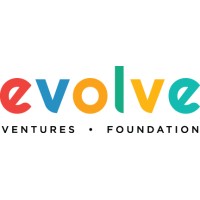


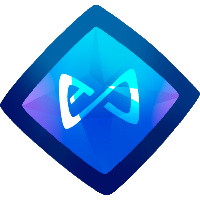



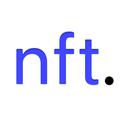



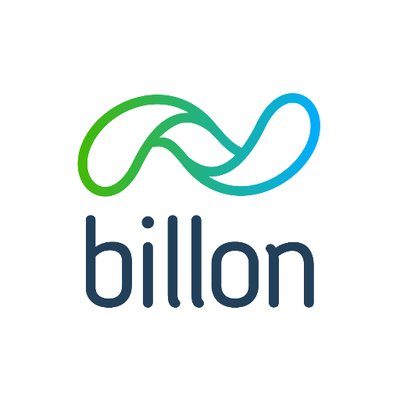

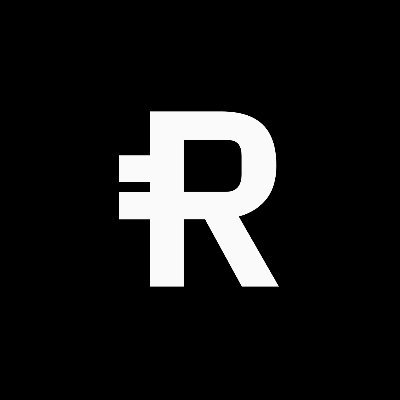



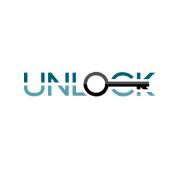
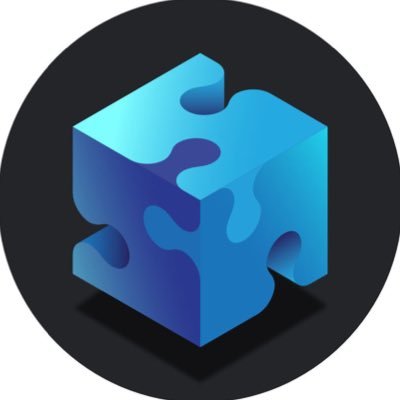





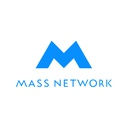












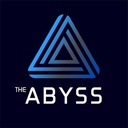

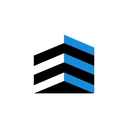






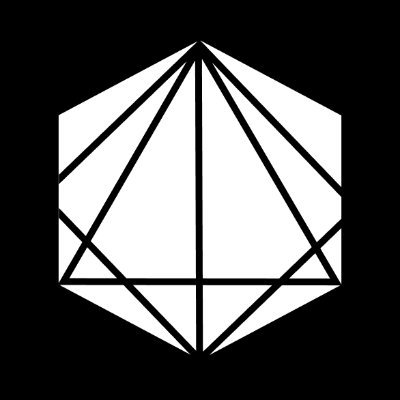



【免责声明】市场有风险,投资需谨慎。本文不构成投资建议,用户应考虑本文中的任何意见、观点或结论是否符合其特定状况。据此投资,责任自负。
推荐专栏










